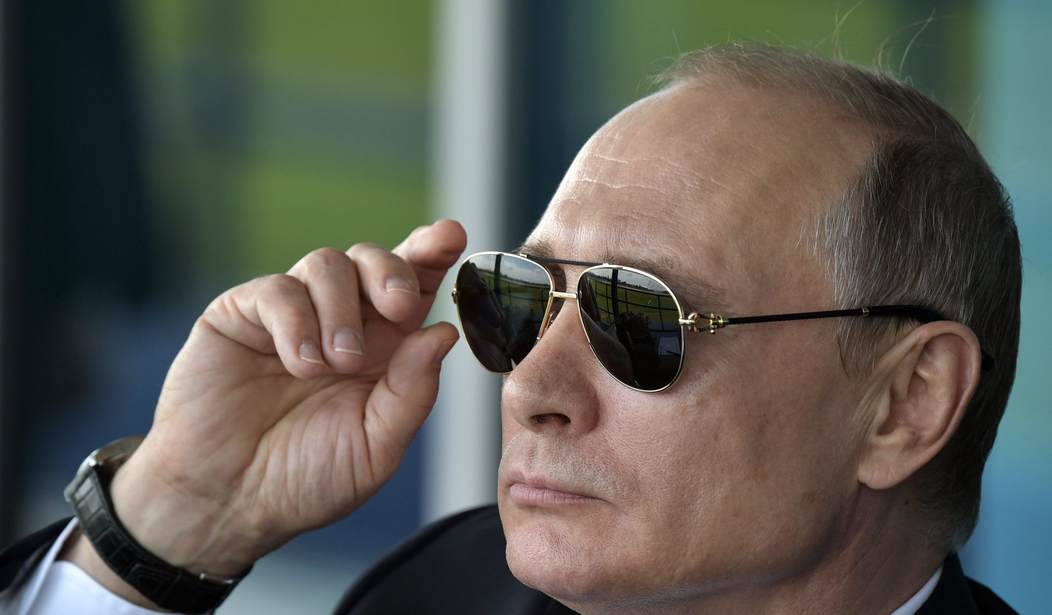Former PJ Media editor Michael Weiss, now with The Daily Beast, has managed to get his hands on a fascinating document: the secret KGB manual on recruiting spies. Although the manual dates from the 1980s, Vladimir Putin’s clandestine services reportedly still use it.
The reason is rather obvious: the tactics and strategies propagated by the manual work.
Weiss received the document from a European secret service. The leaker of the document explained to the journalist that the manual remains classified in Russia as it’s still in use by the FSB and the SVR, the successors to the KGB.
Weiss explains:
The 108-page document is marked “secret” in Russian and titled “Political Intelligence from the Territory of the USSR.” It is dated Moscow, 1989 (the year the Soviet bloc collapsed) and comes with the following disclaimer: “Approved by the USSR KGB PGU as a teaching manual for students of the Andropov Red Banner Institute in special discipline course 1 and agents of external intelligence.” PGU stands for Pervoye Glavnoye Upravlenie, or the First Chief Directorate, and the Andropov Red Banner Institute is the famous finishing school for Soviet operatives.
The document is a how-to guide for recruiting and running foreign agents who traveled to the Soviet Union, using institutions ostensibly dedicated to everything but espionage.
“The Foreign Ministry, the Ministry for Foreign Economic Ties, the State Education Committee, the Ministry of Culture, the Peace Committee, the Academy of Science, etc. can be used as well as theatre, art shows, cinema, tourism … ,” the manual states. “Opportunities for contact with foreigners come when they have to solve problems and resolve a conflict situation, for example, violation of customs rules, road accidents, or violation of other Soviet laws. Agents can be placed in trains, planes and hotels to make these approaches.”
Interestingly enough, the KGB manual also explains that if no conflicts arise by themselves, they can be created.
The manual teaches spies to focus on foreigners in the USSR/Russia. Students and journalists are popular prey, but the KGB also targeted businessmen of all stripes and other foreigners with a reason to be in the country.
The manual also teaches Russian spies how to recruit agents while abroad in foreign countries, and how to protect Russia’s interests.
One popular means of doing so? The spreading of fake (or “fabricated”) news:
The conspiratorial promotion to the enemy of fabricated news, especially prepared materials and documents, so as to lead him into confusion and motivate him to decisions and actions that meet the interests of the Soviet state. Disinformation measures are undertaken to undermine the positions of imperialism in various countries of the world, increase the contradictions among imperialist states, bourgeois political parties and individual figures, to weaken their positions, counteract the unleashing of anti-Soviet campaigns and also for the purposes of influencing the outcome of negotiations not only on political matters but in concluding major trade deals with foreign companies and firms.
Weiss explains that the goal of disinformation isn’t to make targets believe something that isn’t true, but to get them to doubt the existence of “truth” altogether. Foreigners are pushed to distrust each other and their government, which weakens the latter considerably.
There’s much, much more in there — it’s a fascinating read. It reminds us that while Russia and the West may now be able to cooperate on some issues, first and foremost they were — and still are — bitter rivals if not outright enemies.









Join the conversation as a VIP Member